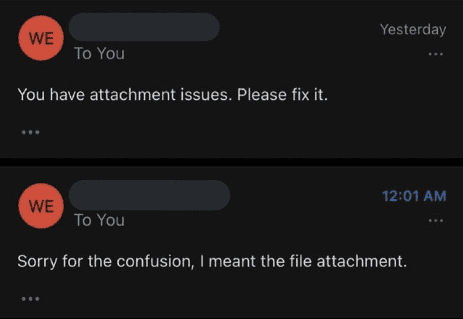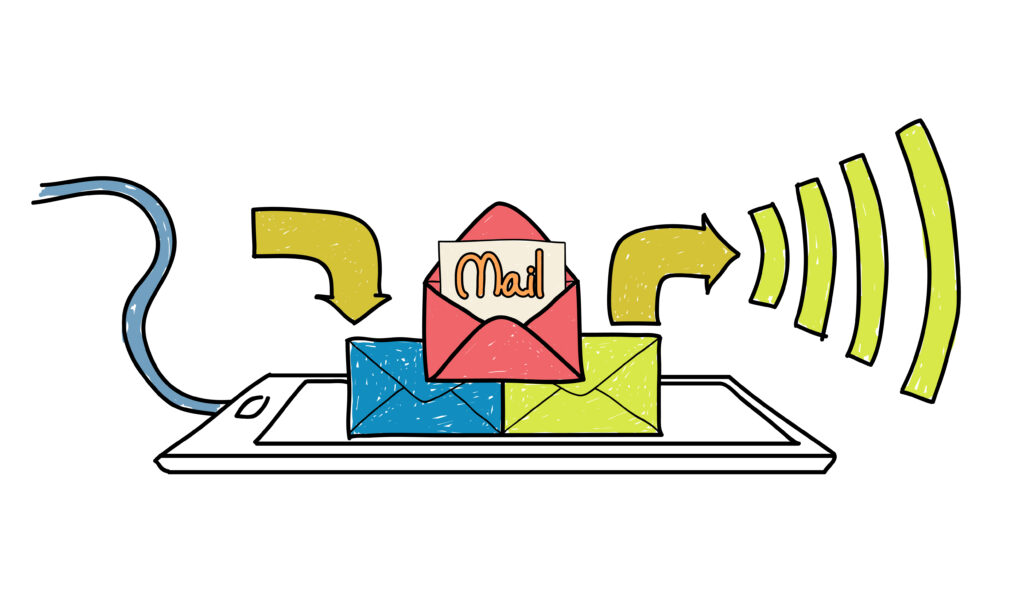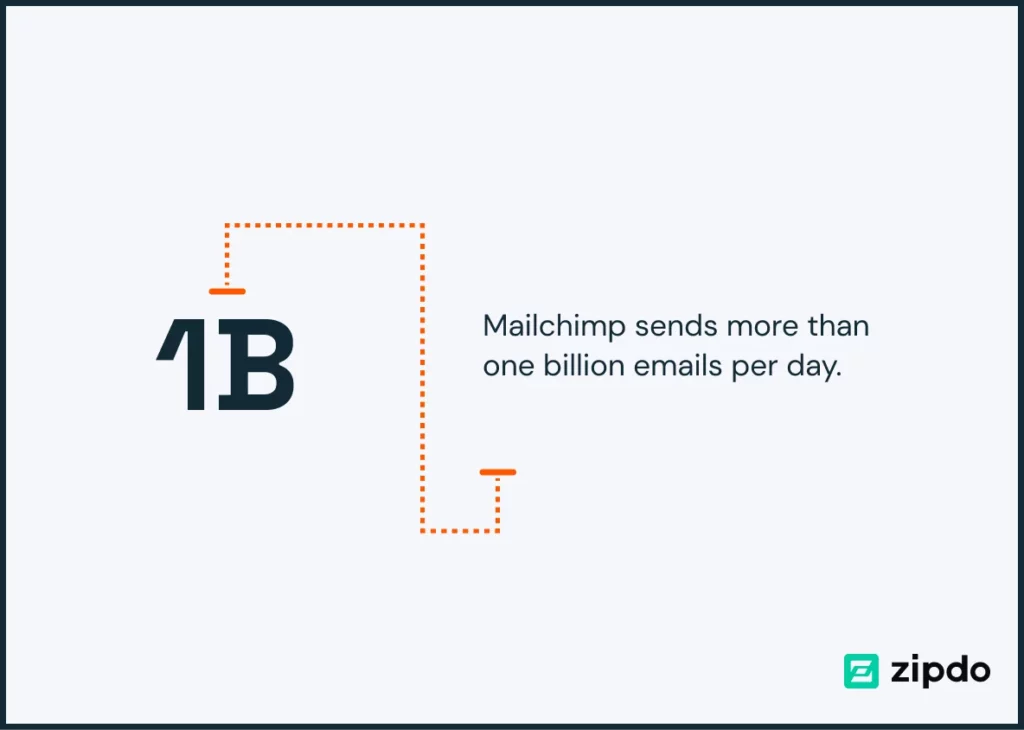Precise Email Tracking is Impossible in 2024: Marketing Automation Myths

In digital marketing, email tracking has been a fundamental part of assessing campaign effectiveness.
However, as we step into 2024, the landscape has shifted dramatically. Despite the claims of email marketing vendors, accurate email tracking is now more myth than reality.
Here’s why.
1. How Email Tracking Used to Work

Traditionally, email tracking relied on embedding a tiny, 1×1 pixel image in emails. When recipients opened the email, this image would download, signalling an open. Variations included using fonts or CSS properties like background-image: url.
Clever methods like checking if a .someclass::visited { background-url: xxx} link had been downloaded were also employed. These techniques enabled tracking of website visits and even recipient details like IP and user agent. But email clients have caught on and implemented countermeasures.
2. Why Email Tracking is Not Effective Any more
Modern email clients have evolved to prioritize user privacy and security:
- Image Blocking: Most clients now block images from unknown sources by default.
- Image Caching: Even when images are downloaded, clients often proxy and cache them, rendering tracking inaccurate. What might appear as an email open could simply be the email client caching the image.
3. The Illusion of Accuracy in Email Stats
Take MailChimp, for instance. While it can show you some statistics, their accuracy is dubious. Yes, you might get some data for a minority using outdated or less common email clients, but for the majority, assume the data is incorrect.
Email marketing providers can claim they’ve done their best, but “some data” doesn’t equate to “accurate data.”
4. Misleading Email Open Locations: A Case Study
Imagine sending a campaign to individuals in London, but your MailChimp report shows all opens in the USA. This discrepancy arises from how modern email clients process images:
- Scenario 1: The email client (like Gmail) downloads and caches the image using its servers (often in the USA), showing an open even if the recipient hasn’t actually viewed the email.
- Scenario 2: The client preemptively downloads images for spam filtering, falsely marking the email as opened.
In both cases, tracking the email open’s location becomes misleading. Inspecting an email image URL in Gmail will reveal it hosted by Google, not a third party, illustrating this caching process.

5. New Ways to Measure Email Campaign Success
Since traditional open rates are no longer reliable, it’s time to shift focus to other meaningful metrics. Here are some effective ways to gauge the success of your email campaigns:
- Click-Through Rates (CTR): Look at how many recipients are clicking on the links within your emails. This is a solid indicator of engagement and interest.
- Conversion Rates: Track how many recipients take the desired action after clicking a link in your email. Whether it’s making a purchase, signing up for a webinar, or downloading a resource, conversions are a clear sign of an effective campaign.
- Email Bounce Rates: Monitor how many of your emails are actually reaching inboxes. A high bounce rate could indicate issues with your email list quality or sending practices.
- Growth in Email List: An increasing number of subscribers can be a sign of healthy engagement and interest in your content.
- Direct Feedback: Never underestimate the power of direct customer feedback. Surveys or direct replies to your emails can provide valuable insights.

Remember, the key is to look at these metrics collectively to get a comprehensive view of your campaign’s performance.
By focusing on engagement and conversions, you’ll gain a more accurate picture of how your email marketing efforts are resonating with your audience.
Conclusion of the Email Tracking Myth
As we move into 2024, the myth of precise email tracking continues to be debunked. Automation and advanced email client features prioritize privacy and user experience, making accurate tracking a challenge of the past.
Marketers must adapt and seek alternative metrics for campaign effectiveness, understanding that the era of precise email tracking, as we knew it, is over.
